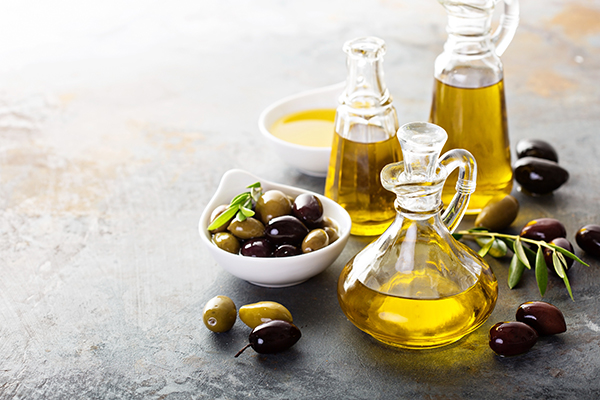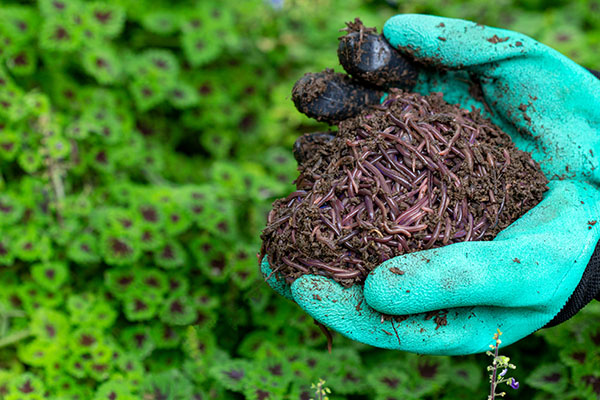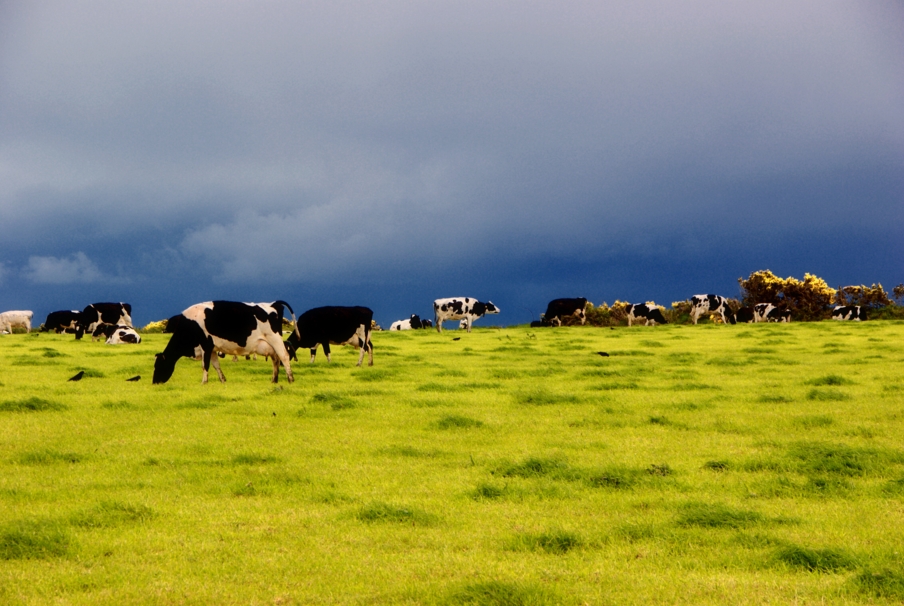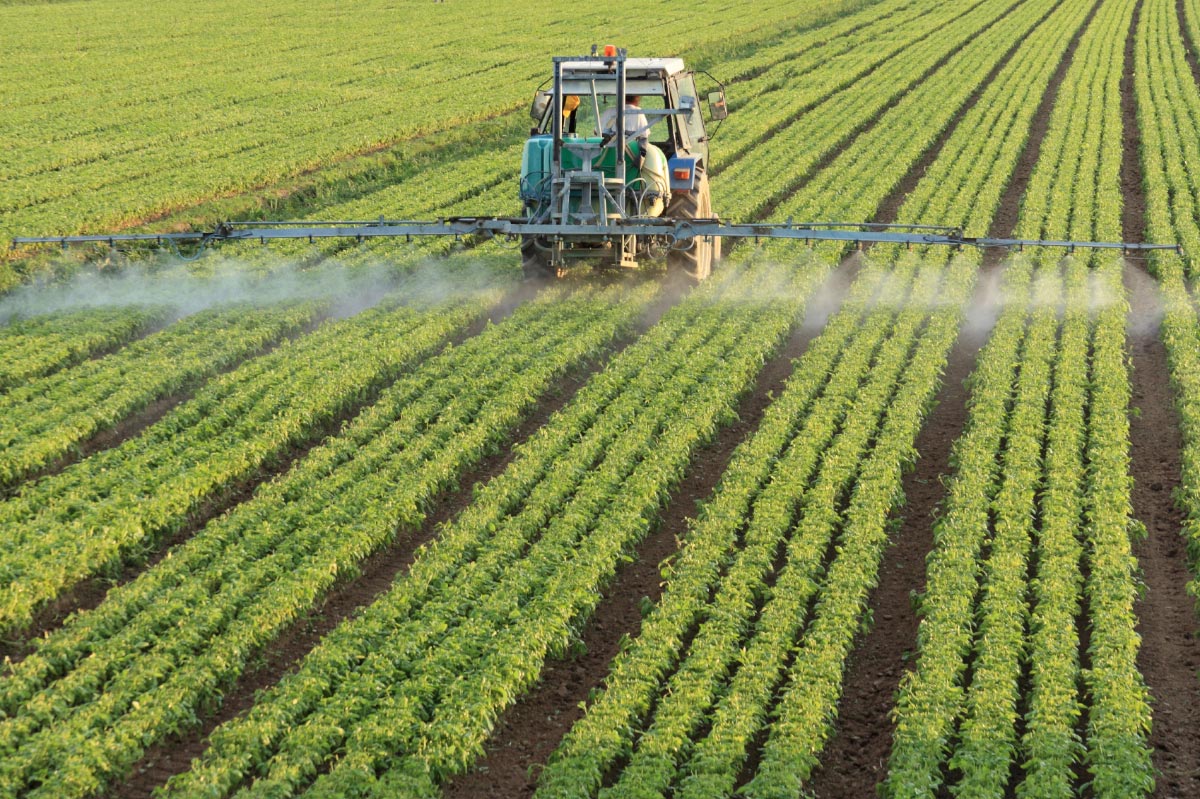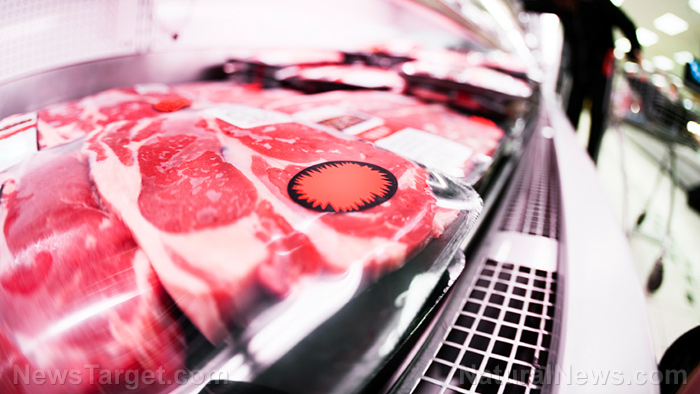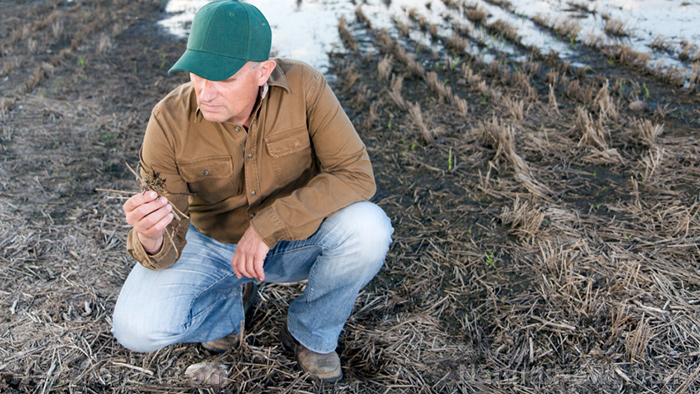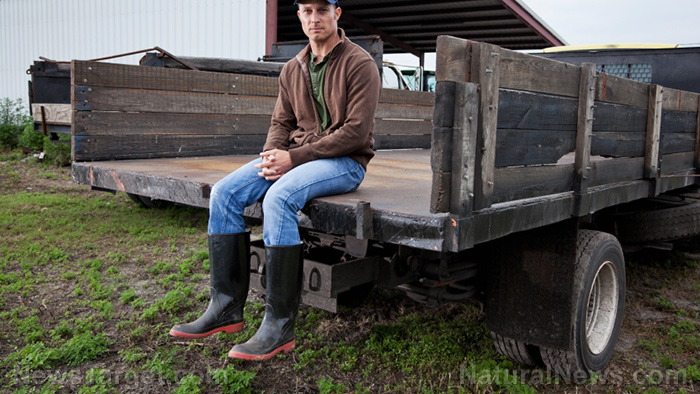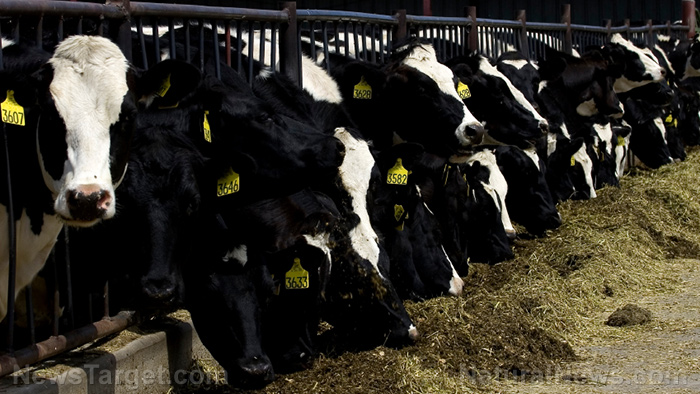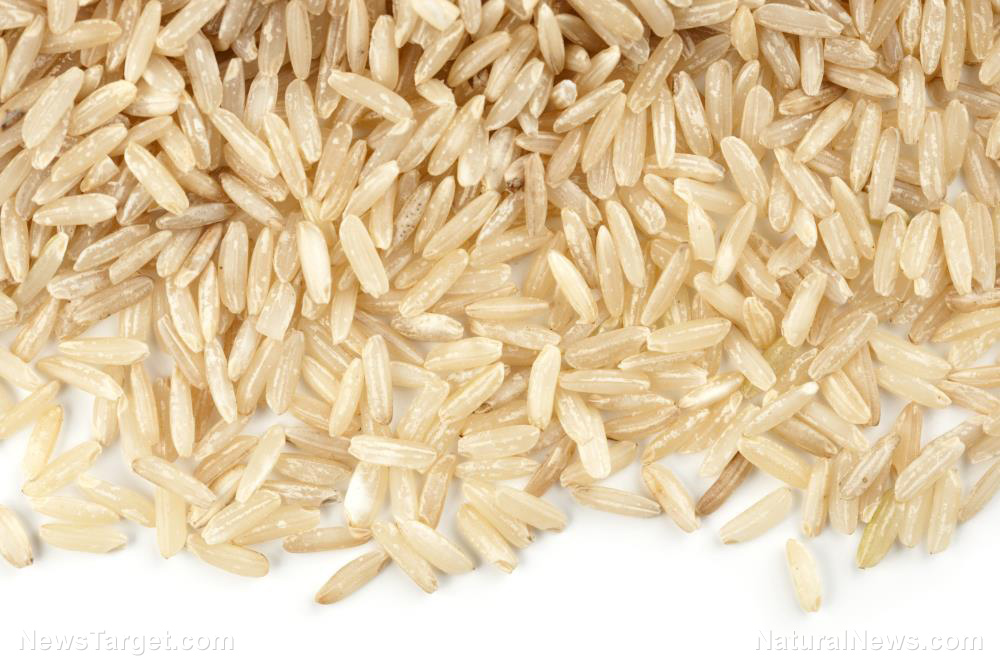Hungry and angry: “Hangry” bacteria could be spreading toxins that make you sick
05/12/2023 / By Zoey Sky

Some people may feel “hangry,” or hungry and angry, when they miss a meal. But according to a study, bacteria can feel hangry too – which can make them release disease-causing toxins.
The research was conducted by scientists from the University of North Carolina (UNC) and published in the journal Nature Microbiology.
Some cells in a bacterial community can cause illness
Adam Rosenthal, an assistant professor in the Department of Microbiology and Immunology at UNC, and his colleagues from Harvard University, Princeton University and Danisco Animal Nutrition discovered that “genetically identical cells within a bacterial community have different functions.”
While some of cells behave normally, other cells act abnormally and cause illness.
The research team set out to learn more about the unusual behavior of certain bacteria within a community. For their study, they used a microfluidic droplet generator, a device made using newly-developed technology, and Clostridium perfringens, a rod-shaped bacterium commonly found in the intestinal tract of humans, other vertebrates, insects and soil.
They separated single bacterial cells into droplets to study each cell and found that well-fed C. perfringens cells didn’t produce toxins. Only the cells that lacked nutrition did. (Related: Bacteria “gangs” defend their turf by forming “social networks” that release toxins to neutralize enemies, according to new research.)
Rosenthal hypothesized that giving the abnormally behaving cells more nutrients can help them “behave a little bit better.”
Hangry bacteria, antibiotics and the food industry
To test their theory, the researchers exposed the harmful cells to a substance called acetate.
After exposure to acetate, toxin levels declined across the bacterial community, along with the number of individually harmful cells.
The researchers said that continued study is required to find out if this behavior is exclusive to C. perfringens or if specific environmental factors activate the production of toxins in other types of infections as well.
Rosenthal and his team hopes that their findings can also be used to develop an alternative treatment for animals and humans.
C. perfringens is a common pathogen found in factory farms, particularly in chicken farms. The study findings could be used to develop a means for farmers to keep animals healthy without using antibiotics that may harm consumers.
As for humans, Rosenthal is currently working with colleagues at UNC to learn about antibiotic resistance, an increasingly prevalent public health issue that prevents modern treatments from working effectively.
Antibiotics use in food-producing animals
The demand for food products raised without harmful antibiotics is increasing. Back in 2012, sales of these food products had increased by 25 percent compared to the previous three years.
Some say the overuse of antibiotics in food-producing animals could be linked to the increase in antibiotic-resistant bacteria, or “superbugs.” When superbugs are passed to humans, they can cause serious illness.
Antibiotics are used to prevent or treat bacterial infections in animals. Since the 1940s, antibiotics have been given to farm animals like chickens, cows and pigs to treat infections or prevent an illness from spreading.
Additionally, low doses of antibiotics are added to animal feed to promote growth and make the animals produce more meat or milk. Since these low doses were said to reduce animal death rates and improve reproduction, the use of antibiotics became widespread in agriculture.
But from 2015 to 2018, sales for antimicrobials for use in food-producing animals decreased by 38 percent. Strict legislation is currently enforced in the U.S. to ensure that no contaminated food products reach the food supply.
While it may be impossible to completely avoid antibiotic-resistant bacteria in animal products, here are some steps that could significantly reduce your risk of exposure:
- Practice proper food hygiene. Wash your hands thoroughly before preparing food. Make sure you use separate cutting boards for different foods, such as raw meat and vegetables, and wash utensils thoroughly.
- Cook food properly. Cooking meat to the proper temperature should be enough to kill harmful bacteria.
- Buy antibiotic-free foods. To minimize your risk of exposure, check for labels that specify “organic,” “antibiotic-free” or “raised without antibiotics.”
- Check for the USDA Process Verified label. This means USDA inspectors have visited the farm to verify antibiotic use in livestock.
Learn more about bacterial infections at Infections.news.
Watch the video below to know more about plant-based COVID-19 vaccines.
This video is from the Thrivetime Show channel on Brighteon.com.
More related stories:
CDC warns America DO NOT WASH that disease-infested, superbug-infected chicken you’re about to eat.
From gut health to antibiotics: How do bacteria affect your life?
Can probiotics help fight superbugs in the gut?
Sources include:
Submit a correction >>
Tagged Under:
agriculture, antibiotics, bacteria, clean food watch, Clostridium perfringens, discoveries, diseases, food safety, food science, food supply, frankenfood, hangry bacteria, infections, research, superbugs, toxins
This article may contain statements that reflect the opinion of the author
RECENT NEWS & ARTICLES
WorldAgriculture.News is a fact-based public education website published by WorldAgriculture News Features, LLC.
All content copyright © 2022 by WorldAgriculture News Features, LLC.
Contact Us with Tips or Corrections
All trademarks, registered trademarks and servicemarks mentioned on this site are the property of their respective owners.






